Time code reference ~ (0:01:20:23 to 0:01:21:58)
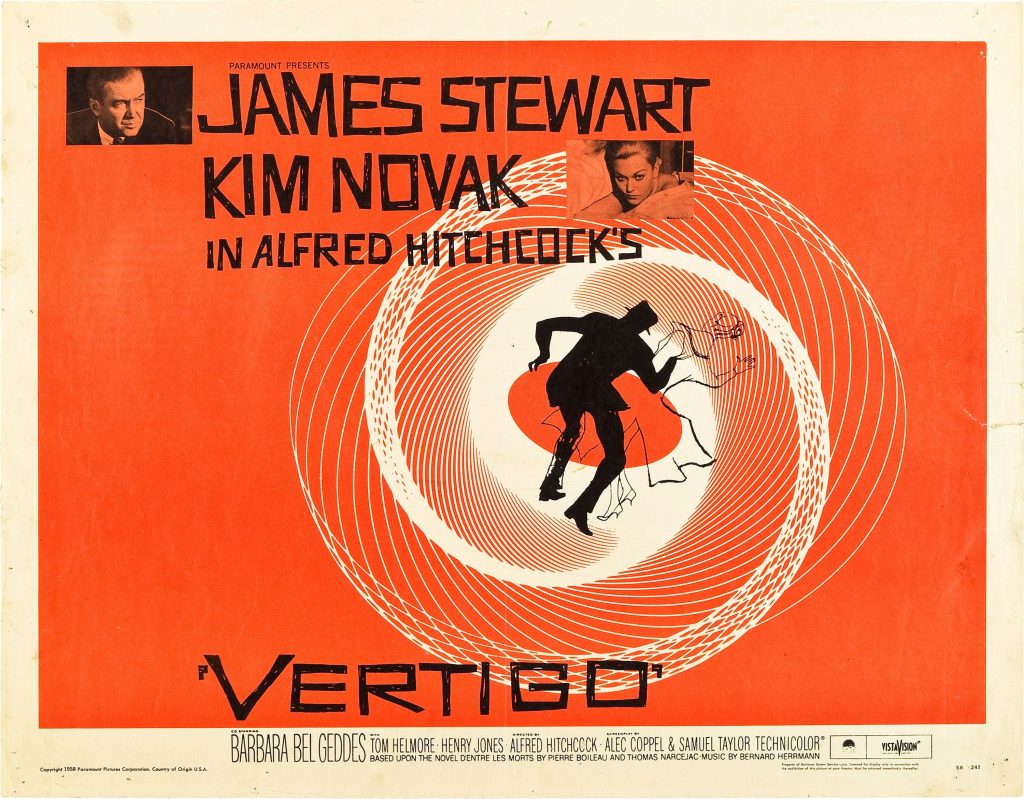
The intention of this article is to analyse a scene from the film Vertigo (USA 1958; Alfred Hitchcock), specifically the dream sequence in which James Stewart’s character, the protagonist John “Scottie” Ferguson has a nightmare.
The sequence begins with a static shot of the San Francisco skyline at night; we see some tall buildings and in the background, the silhouette of a huge crane. This transitional shot lasts only a few brief seconds and indicates that time has progressed since we left the previous scene and that it is now night time back in the city.
The music at the beginning of this sequence is very peaceful and serene; a single clarinet plays a sombre and mournful lament as the shot dissolves in to a static shot from the corner of the ceiling in a bedroom. The camera is tilted downwards, focusing on the protagonist who is in bed, stirring in his sleep. He appears to be perturbed, turning his head from left to right. The music continues with the same motif but with the addition of strings to the clarinet. This subtle building of sound adds mood and tension as we witness the central character experiencing a restless slumber.
After a few seconds the camera cuts to a head shot of Scottie. As we now have a clear view of his expressions, we are given a stronger indication of Scottie’s state of mind.
Here, intrinsically, the music alerts us to the peril that Scottie is experiencing. A deep note blares out in a sinister register and is accompanied by a blue hue that fades over the shot. Scottie seems even more perturbed as he writhes and frowns, indicating disquiet and turmoil. The music builds in an alarming flurry of insect-like buzzing, both foreshadowing and adding to the build up of intensity that Scottie, and we in turn, are about to experience.
The blue hue changes to a purple one, which fades in and out and is replaced by a brighter and more shocking purple, as Scottie gradually opens his eyes staring right into the camera and breaking down the fourth wall. Briefly he is looking straight at us hovering over him in his bed with a frightened and confused expression. The music all the time building in its menace and intensity, strings climbing rapidly through a minor scale as the clarinet stabs in counterpoint, delivers a stern and foreboding single note motif.
At this point things become abstract and adventurous in the meis en scène. The hue once more saturates from purple to blue and Scottie’s image fades out into a solid blue colour. We have now entered the dream. It is as if the moment Scottie opens his eyes; he has not awoken, but is looking straight at us, the audience and imploring us to enter and experience his dream.
We now see an animated posy of flowers, reminiscent of the one that Carlotta Valdez is holding in her portrait, seen earlier in the film and therefore similar to the imitation that Madeleine carries when she is being observed by Scottie. Again, the hue changes with another fade, from blue to green and the flowers are morphed into a cartoon-like animation with a black background. They begin to break apart and disperse, their appearance changing from colour to grey and back to colour as they fall towards us.
The music continues to pulse and reinforce the alarming leit motif that has by now, been established in the forefront of our minds, having crept up on us, like a bad dream tends to. These falling petals are reminiscent of the earlier scene in the film, in which Madeleine throws herself in to San Francisco bay. Before she leaps, she picks the petals from the flowers and throws them into the water. Perhaps the posy is a symbol of her life, a thing of beauty being ripped apart and thrown in to the water to drown. In his book ‘The Strange Case of Alfred Hitchcock’, Raymond Durgnat says of this iconography;
“The overt narrative is mirrored by a quieter iconography: the petals cast on the water (the Heraclitean present, as suicide)”1.
In the sequence we are dealing with, the iconography is less quietened. One could see this allusion to the previous suicide attempt as an interpretation of Scottie’s conscience, falling into the nightmare with the petals, reminding us that his fixation with Madeleine and her fate, is an extremely strong one.
Once all the petals have fallen, we are briefly left with a black screen, before we are returned to the window of the room at the Spanish mission in which the inquest into Madeleine’s apparent suicide was held. Reworking the two-shot in front of the window containing Scottie and Gavin Elster, we now also see Carlotta Valdez in between the two men. Initially, she has her head, facing away from Scottie, pressed against Elster’s right shoulder.
She turns slowly to look at Scottie with what could be described as a cold and accusatory gaze. Again we have the use of a hue fading in and out, this time it is a shade of amber. There is no conversation between the characters whatsoever.
There isn’t any diegetic sound at all in the entire sequence. The music continues and develops its menacing motif and as Scottie’s eyes meet Carlotta’s, there is a jump cut to a real life image of Carlotta, sitting in the same pose as she appears in her portrait. Here the hue has changed again, this time to red which is arguably the most frequent colour used in this picture signifying danger, blood, anger, lust and guilt perhaps.
The camera zooms in the ruby (red) encrusted necklace Carlotta is wearing, holding on it for a few seconds for emphasis. This sequence is the first time in the film we have seen Carlotta portrayed by an actress as opposed to seeing her as a painted image, giving her character more versimilitude.
The scene then changes with a fast cut away to a single shot of Scottie set against a black background, he is walking towards camera. His expression is one of sorrow and despondency. He ambles with a slow and steady gait, eyes looking down and ahead. The camera zooms out a little to reveal more of the subject’s body and the background fades in, revealing the familiar setting of the cemetery, where Carlotta and Madeleine are buried.
The shot is then swapped from a single shot of Scottie, to a point of view (POV) shot, informing us that Scottie is walking towards Carlotta’s open grave. The camera steadily creeps forward, panning slowly downwards and into the grave. What we witness next is arguably the most surreal shot in the whole film. In a combination of live action footage and animation, we see Scottie’s head from the neck up, set against an octagonal background that is rushing by at a rapid pace, from foreground to background.
The concomitant effect of Scottie’s hair flailing about atop his head, gives us the impression and sensation of falling. The intention is to see Scottie now dreaming that he is falling into the open grave at great speed. This mirrors the shot we saw towards the start of the sequence when we saw his head on the pillow, staring up into the camera; it reminds us that the protagonist is asleep.
I believe that the effect is successful here and feel that we are indeed plunging into a bottomless grave, staring straight into the face of anguish, portrayed brilliantly by James Stewart. The flashing hue continues in the background changing from red to grey, to blue and then green. There are several frames where the head disappears from shot and we are left free falling backwards alone. As Scottie’s head reappears, the camera zooms in slowly on it and focuses closely on the eyes to emphasise emotion.
An interesting lighting effect is also employed here to give the face a yellow and then green opaque hue, which contrasts with the colours in the background as they appear in different tones, in a contradictory juxtaposition. Just as we are zoomed in on Scottie’s eyes, the shot again changes suddenly and we are now looking down on to the top of the roofs of the Spanish mission.
Scottie’s silhouette slowly falls away from us towards the roof below. The coloured hue effect remains in the background, again changing from green to red. The shadowy figure falls slowly, arms slightly flailing. Just as the silhouette reaches the rooftop, the background fades out to pure white and it continues to fall further away from camera.
Having previously built to a fever pitch, the music now returns in a final restatement of the leitmotif. Waking from his nightmare in alarm, we zoom forward to meet Scottie sitting bolt upright, staring once again, straight into the camera and smashing down the fourth wall with a look of sheer terror in his eyes. He breathes deeply with a look of distress and is now awoken from his nightmare. Here, the sequence we are discussing, fades into the next.
I believe the desired effect is achieved very effectively in this sequence. Hitchcock pulls us into Scottie’s dream and allows us to experience his terror as well as giving us an insight in to his psyche; we bare witness to the return of the repressed in the Freudian sense. In her essay ‘Visual Pleasure and Narrative Cinema’, Laura Mulvey notes;
“However self-conscious and ironic Hollywood managed to be, it always restricted itself to a formal mise en scène reflecting the dominant ideological concept of the cinema. The alternative cinema provides a space for the birth of a cinema which is radical in both a political and an aesthetic sense and challenges the basic assumptions of the mainstream film”2.
Vertigo cannot be considered a mainstream film in its aesthetic, but it is in the sense that it was a Hollywood release containing a huge star in James Stewart and directed by one of the most respected names in the history of cinema. The mise en scène is certainly not formal in this sequence. The visual semiotics and cinematic technique are anything but typical, indeed they could be considered to be quite radical in terms of Hollywood.
I agree that the radical aspects of this scene and film as a whole, contribute towards the view that it is more alternative than mainstream. However it is my opinion that the sensation of dreaming and in particular the ‘falling dream’ sensation, is represented very accurately and originally. The use of the different hues and animated shots combined with live action footage, successfully portray the discomfort and psychological torture that the protagonist is experiencing, as characterised by his acrophobia.
1 Raymond Durgnat, The Strange Case of Alfred Hitchcock, (London: Faber and Faber, 1975), p. 294.
2 Laura Mulvey, Visual and Other Pleasures, (Basingstoke: Macmillan, 1989), p.15.
Bibliography
The Strange Case of Alfred Hitchcock by Raymond Durgnat
Published by Faber and Faber: 3 Queen Square London, 1974 (reprinted in 1975)
ISBN 0 571 09966 1
Visual and Other Pleasures by Laura Mulvey
Published by MacMillan: London, 1989
ISBN 9780 333 445297
Filmography
Vertigo (USA 1958; Alfred Hitchcock)
That concludes our article about Vertigo?
Did you enjoy this article? Let us know in the comments down below!
For more episodes of More Movies Weekly as well as our other shows and podcasts, be sure to check out the Podcasts page on our website.
Remember, you can have a choice of what films we review on our Weekly podcast by joining us on Patreon here.
Please join us on social media on Bluesky, Instagram and Facebook. We really appreciate all the likes, shares, retweets etc., and we would love to hear from you and continue chatting about all things cinema on these platforms.
If you love to watch videos on YouTube, then please subscribe to our channel here. There’s lots of fun and informative videos uploaded that we hope you will enjoy!
We have a passion for movies and aim to produce entertaining and informative movie-related content. It certainly is a lot of hard work, but we love films so much that it’s worth all the effort. We have to keep the lights on and make sure we have plenty of caffeine to keep all of the articles, videos and social media posts coming, so if you like our work, then please consider supporting us at Buy Me A Coffee here. You can also become a More Movies patron on Patreon here.
To help support us here at More Movies, we do use advertising in a few places and we try our best to make sure they are not intrusive or aggressive, so we appreciate it if you do not use AdBlockers on our site. Who knows, you may actually see something you like!
We are also affiliated with Funky T-shirts so be sure to check out their range of cool t-shirts which include categories Film & TV, Slogans and Retro Comics!

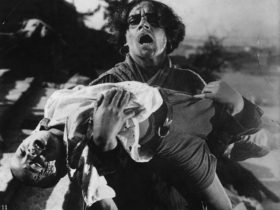
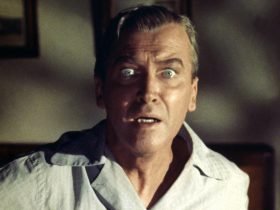

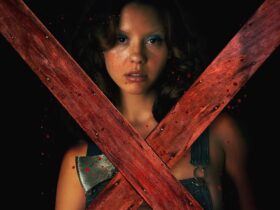
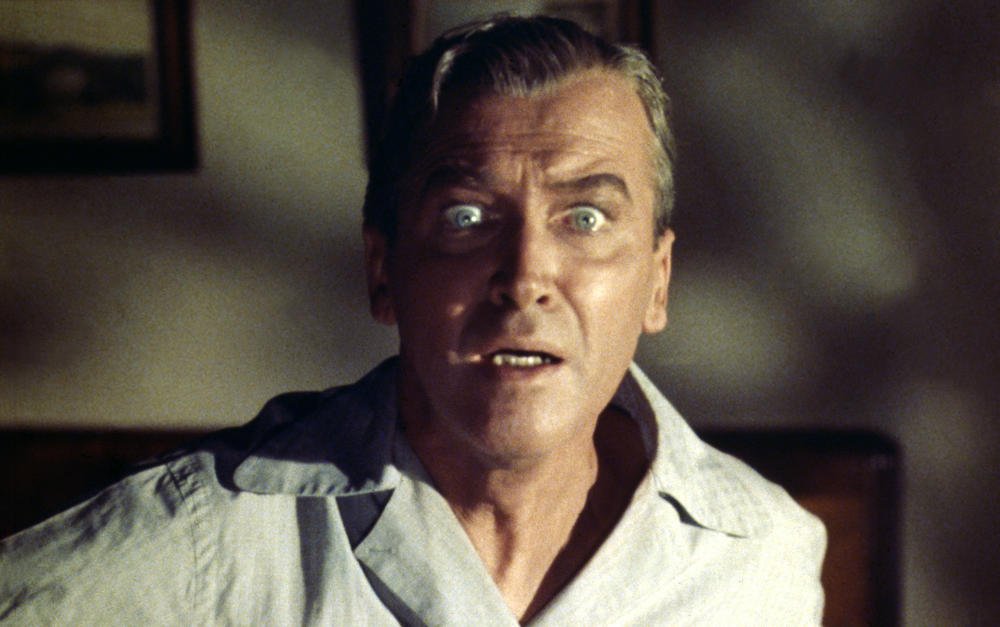
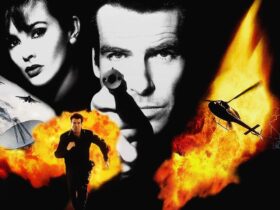

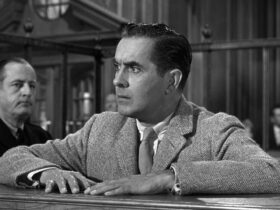
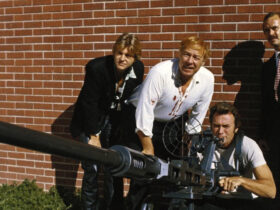

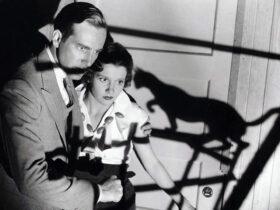
Does anyone know who the actress is who played Carlotta in the dream sequence ?